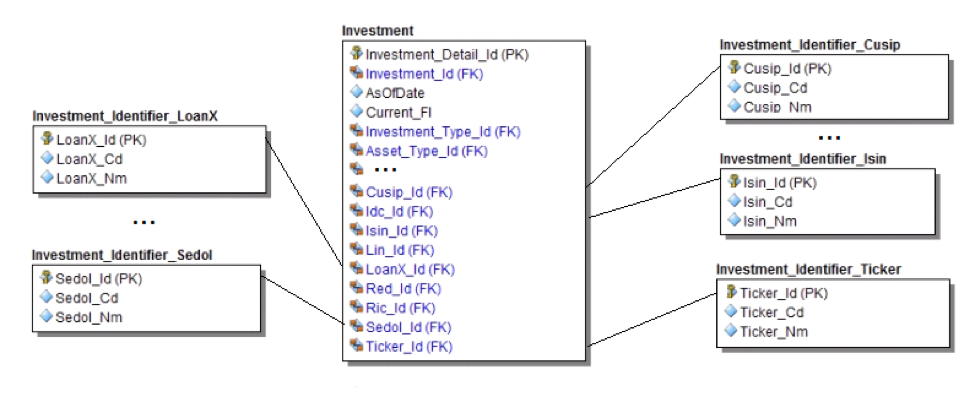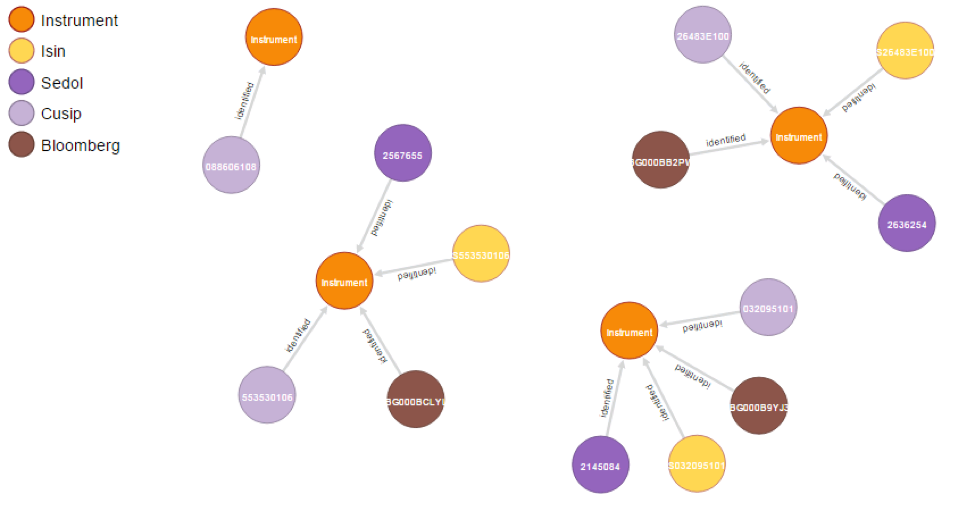“Relational databases are great at what they’re good at, but there are limiting factors. The resurgence of the graph database is an effort to overcome these limitations.” Tech Target
Take a minute to think about a database. What comes to mind? If you envision a collection of data, neatly organized and sorted in rows and tables, you’re probably thinking about a relational database—and for good reason—they’ve been the power-horse of software applications since the ’80’s.
However, with the insurgence of data over the past decade, several organizations (like Amazon and Google) are generating data that pushes the boundaries of relational databases. That’s where graph databases have come in to play. But to understand how—let’s take a look at the differences between graph and relational databases.
Relational Databases
For more than three decades, relational databases have been at the forefront when it comes to data collection and storage. Containing highly structured data in tables with predetermined columns of the same type of information, these databases require developers and applications to strictly structure the data used in applications.
There are several constraints within a relational database—and seemingly simple operations can be memory-intensive and carry an exponential cost. According to Tech Target, “Relational databases are great at what they’re good at, but there are limiting factors. One of the limiting factors with relational databases is that they are rigid and difficult to chunk for distributed computing systems. Another is that relational databases are sometimes ill equipped to represent the actual associations between pieces of information.”
Although not every case is a good fit for this type of strict data model, in the past, the lack of good alternatives has made it difficult for other models to break into the mainstream. Until now.
Graph Databases
While relational databases are based on a somewhat hierarchical system of tables, columns and rows—graph databases are based on graph theory and employ nodes, properties and edges. Unlike other databases that require connections between entities using special properties such as foreign keys or out-of-band processing, graph databases use simple abstractions of nodes and relationships when connecting structures—enabling users to build sophisticated models in less time.
Another reason organizations are making the switch to graph databases is its ease of storing and retrieving varied data connected by relationships, helping you manage and query highly connected data in record time. Really, graph databases are like the next generation of relational databases, but with first class support for relationships—or implied connections indicated in traditional relational databases.
According to an article in Computer Weekly, “Graph databases map relationships between entities in a network. They won’t replace conventional relational databases, but for harnessing the value of interconnectedness they mark a breakthrough.”
Discover the Power of Graph Databases
Ready to learn more about the advantages of graph databases? Contact the Sprinterra team today to see how you can harness the power of graph database models in your organization.


